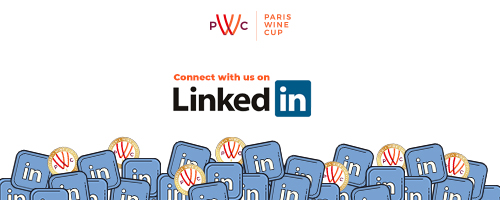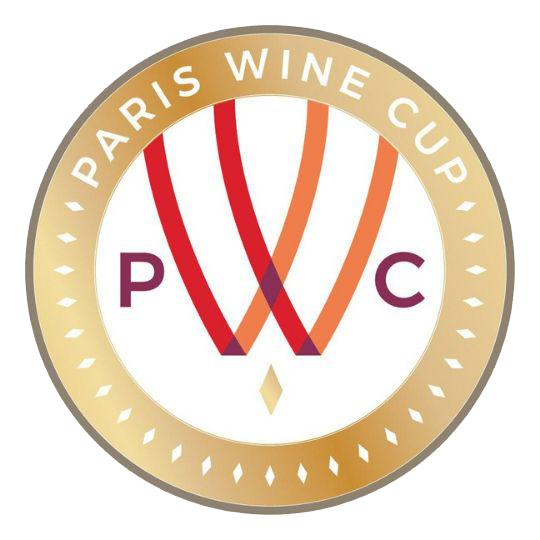Super Early Bird Ends
30 April 2025
Warehouse Deadline
30 Sep 2025
Judging Dates
7 October 2025
Winners Announcement
28 October 2025

There is no denying that the fourth color in wine after white, red and rosé is orange.
And no – we are not talking of wine made from oranges, nor is orange wine a new term for Aperol Spritz. It is actually something old. And old is new, and here we are...digging deep – in the true sense of the word, to re-discover an ancient heritage that made its way right into every hipster's wine glass.

To start with let's see what orange wines are. First of all, they are wines produced from white grapes. Now the common procedure to make most white wines is to crush the grapes and separate the solids from the juice quickly to maintain the wine’s pale color. Orange wines are produced more like reds, with prolonged maceration of crushed grape skins and seeds. They are skin-fermented white wines with a color that ranges from bright gold to tawny brown. On the palate, they often possess the texture, body, and tannins of red wines and the fruit and minerality of white wines. Stylistically unique, many offer earthiness, funk and a savory, richly textured mouthfeel.
What sounds like a crazy invention made by young, freaky winemakers bored by the same old traditions is actually one of the most ancient procedures to make wine, originating in Georgia, which anyway is regarded the cradle of winemaking.
Georgians till date traditionally make skin-contact wine in large, egg-shaped terracotta pots called qvevri. These jars are buried up to their neck and the wine is left to ferment from a few days to up to six months. The vessels are lined with beeswax and provide natural temperature control and slow, oxidative aging that produces earthy, texturally distinct skin-contact wines. This process, which dates back more than 6.000 years, creates what Georgians call amber wine. The term orange wine only came up in the early 2000s and stuck. The re-discovery of this tradition has been popularized first by Italian and Slovenian vintners, and now enterprising winemakers worldwide use it to create a completely different style of wine.
The person who is possibly most responsible for reintroducing orange wines to the world is Friulian winemaker Josko Gravner. Once famous for producing crisp, easy-drinking white wines, he was looking for a different approach to make wine and also a different character to find in them. He started the transformation in the 1990s by paring his winemaking back to the basics, looking to ancient Georgia for inspiration. That way he came across the qvevri method and decided to invest in one of these clay vessels. He buried it and by using ancient techniques to ferment and macerate white wines on the skins, he obtained results that were packed with spices, impressions of honey and earthern flavors and rippled with minerality and tannin.
In less than a decade, Gravner’s wines, and those of many of his colleagues became ubiquitous in high-end restaurants and wine bars. They are particularly popular among millennials, a generation keen to rediscover traditional processes. It appeals to the lifestyle of many young wine lovers today who are favoring products with a sustainable approach and wines that are produced in coexistence with nature – in other words – the apostles of the natural wine movement and the opponents of mass production. Orange wines are mostly made by small, individual producers, which means they always have an identity, a vital trait in today's world of global brands.
The sudden popularity of orange wines didn’t go unnoticed in Georgia. Many export-minded wine producers had long abandoned their old traditions and embraced modern, international-style winemaking. But seeing the appreciation for the ancient technique a handful of small, independent qvevri enthusiasts began to captivate new audiences, especially within the burgeoning natural wine movement. And so the circle is complete.
Despite being highly individual products, all orange wines have one thing in common: they are absolute niche products. They have quickly emerged like shooting stars, they enjoy explosive popularity among trendsetting sommeliers. But they are for sure no crowd-pleasers.
And that's where the criticism starts. There are voices that call them a fad, over-hyped, too difficult to understand or enjoy. Some even call them faulty. Yes, they are challenging, maybe they are love-it-or-hate-it sort of wines. But is that a bad thing?
To be able to truly appreciate their full potential, orange wines need to be served correctly and in the proper setting. They challenge the drinker to look beyond color and grape characteristics and instead invite them to emerge on a journey that is about texture, structure and unexpected aromas. And that might after all be way more fascinating than anticipating the taste of wine by one look at the label.
For those claiming orange wines are a fading trend, it has to be said that these wines have been around for thousands of years. They may come in and out of favor, but they’re not going anywhere. And they may never make it to the mainstream, but it is quite unlikely any of their producers had any such expectations.
 Paris Wine Cup will be assessed and judged by a leading panel of top-level wine buyers with current direct commercial buying responsibility. Or wine consultants and experts who are also directly involved in the development of new wine brands or buying wine for commercial resale.
Paris Wine Cup will be assessed and judged by a leading panel of top-level wine buyers with current direct commercial buying responsibility. Or wine consultants and experts who are also directly involved in the development of new wine brands or buying wine for commercial resale.
Put your wines in front of them and get rated by Value, Quality, and Package.
Leading wine brands from around the world now have an opportunity to grow their business and gain the attention of wine buyers, wine directors and influencers globally via the Beverage Trade Network Community.
Submit your wines in the Paris Wine Cup.